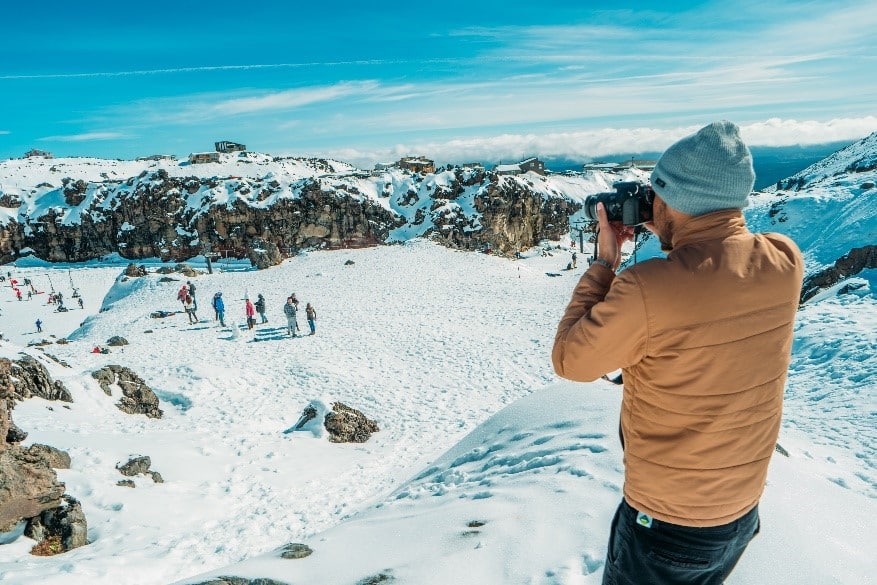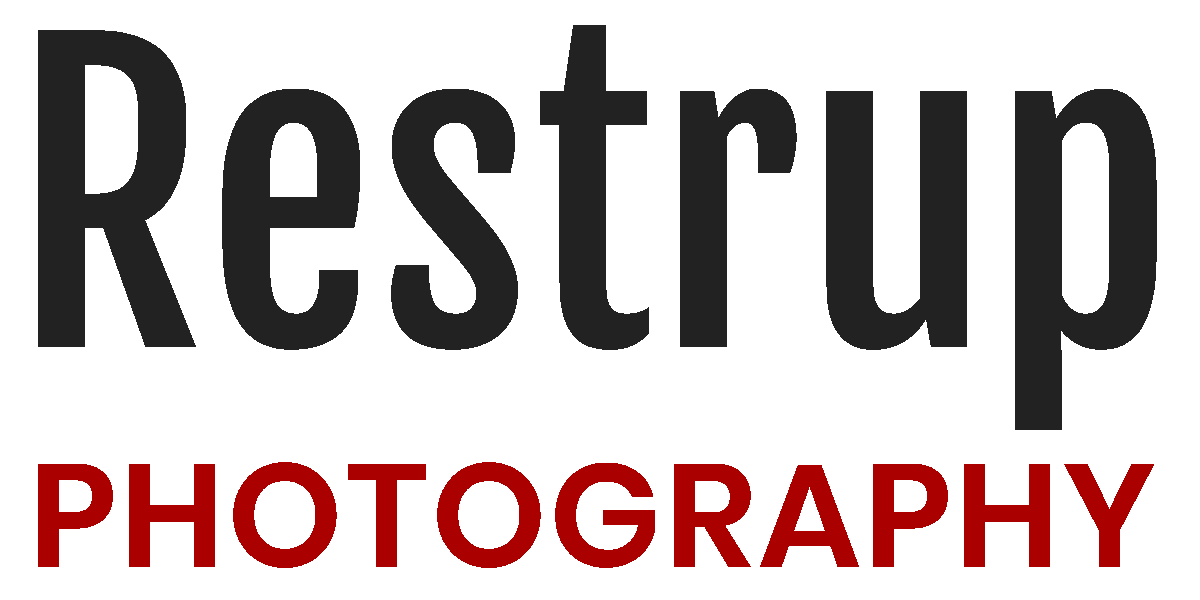Photography inspiration - to become a better photographer
23.02.2023
How to define your personal style as photographer
In order to develop and define your own style you have to examine the factors that contribute to a personal style and subsequently analyze how these influence on your photography work. In this respect, I have been inspired by the style factors listed in the book - the Art of Landscape Photography – by the authors Mark Bauer & Ross Hoddinott.
The factors that shape our style as photographer are all the choices we make, including choice of equipment, exposure & post-processing and not to forget your subjects.
I have subsequently analyzed my own style as photographer, based on the personal style factors listed in the book.
It is my sincere ambition to inspire you to make your own analysis of your personal style.
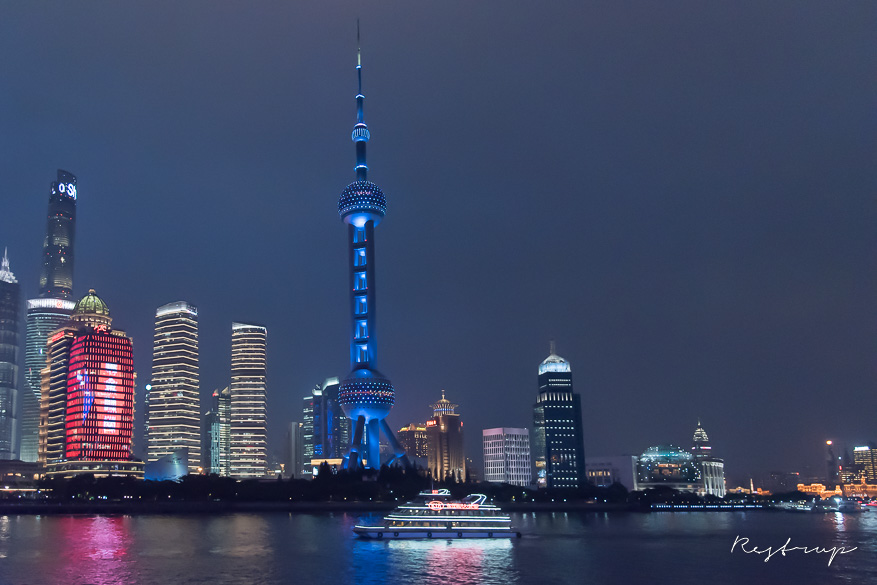
Shanghai by Night
SUBJECT
Whatever you are interested in, be it nature, people, cityscapes or seascapes, there’s a type of photography appropriate for that specific subject matter. The photography genres that inspire me to capture pictures is primarily:
Landscape photography
My landscape photography journey has been a big learning curve and I have complemented my skills so much during the last twenty years. One of the reasons why I fell in love with photographing landscapes and cityscapes is because it is a fantastic way of showing people that the beauty around us is tremendous but also very weak and volatile. The nature together with man-made objects can also be considered a form of landscape photography. I am also fascinated of the contradiction in images showing both landscape beauty and building decay.
Cityscapes and architectural structures
I am heavily motivated to capture buildings but primarily the front part or exterior of a building. Cityscape photography is to me about how to showcase the interesting vantage points of capturing urban landscapes anywhere from street level to the top floor of a tall building. Abandoned buildings can be a great source of images that portray broken emotional connection and also the power of time.
Street photography
I like this genre of photography that records everyday life in a public place, capturing life in a bustling market to a scene from a local park. It is my ambition to explore this genre in a greater extent in the future. To me is Street photography about life, but it doesn’t have to have people in the frame. It is to Slow down and focus your camera on your surroundings and question - what is unique about them?
Black-and-white photography
I have realized the world looks different in black and white, which means that I can think about tone, texture, and light in new ways. The emphasis of a colour image naturally shifts to other compositional elements, which I like and utilize in my pictures.
PLANNING APPROACH
As mentioned, are many of my pictures captured on travel events either together with my family or as part of a travelling group. This means that I have to be flexible and react to different weather and lighting conditions. I am aware that I might miss some good combinations of light and composition but most likely will capture a greater variety of pictures.
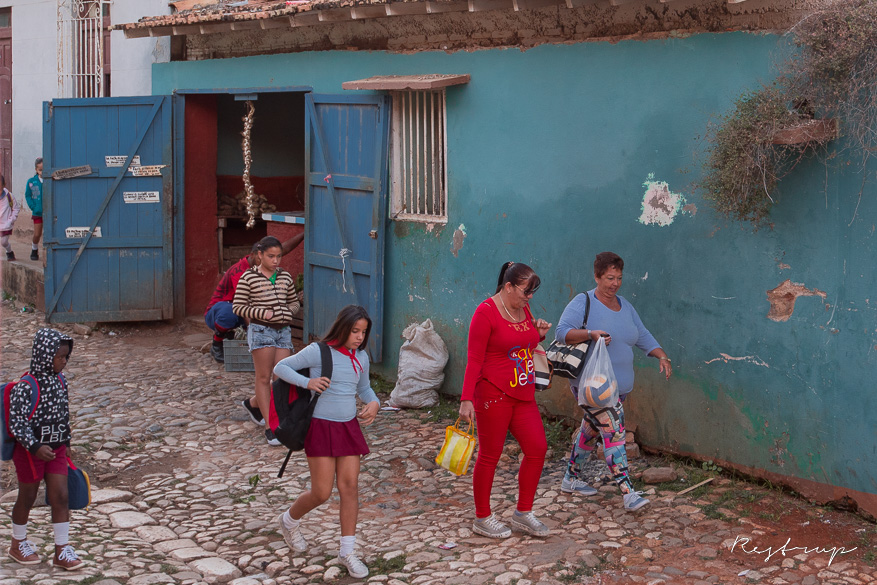
Local life in Trinidad Cuba
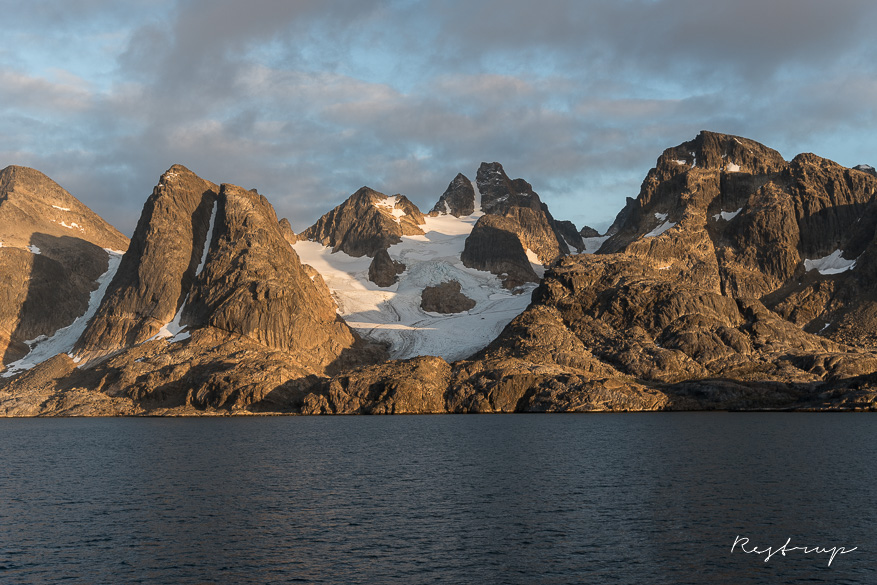
Sunset Greenland
PHOTO EQUIPMENT
I am used to work with Nikon DSLR cameras, at present a Nikon D750 camera. Shooting both with a allround zoom lens and a wide-angle zoom and four prime lenses ranging from 24mm up to 500mm.
LIGHTING
As many of my pictures are captured on travel events either together with my family or as part of a travelling group, I am not bound by the golden hours nor a tripod despite I would love it. I prefer sidelighting to backlighting. I have experienced that it is possible to make good images even under “poor light” conditions, in particular on structural subjects.
EXPOSURE
Most of my pictures are taken without a tripod using a shutter speed between 1/30 and 1/1600 seconds. When shooting landscape photos in broad daylight I tend to set the aperture around f/8 to ensure a certain depth of field, and the ISO between 100-400 to ensure that I have no digital noise. I normally use Aperture mode or if I am short of time for thinking through all my options, Program mode. Program mode allows me to change shutter speeds or aperture in an easy way.
FRAMING
I normally prefer a traditional style of composition giving balance. If possible I use foreground elements to create a literal frame. For example, positioning my subject so trees or branches surround the edge of the photo, or using a doorway or window as a natural frame. I prefer vivid colours and black-and-white for special subjects like mountains. I favour guiding lines and curves creating a strong sense of perspective.
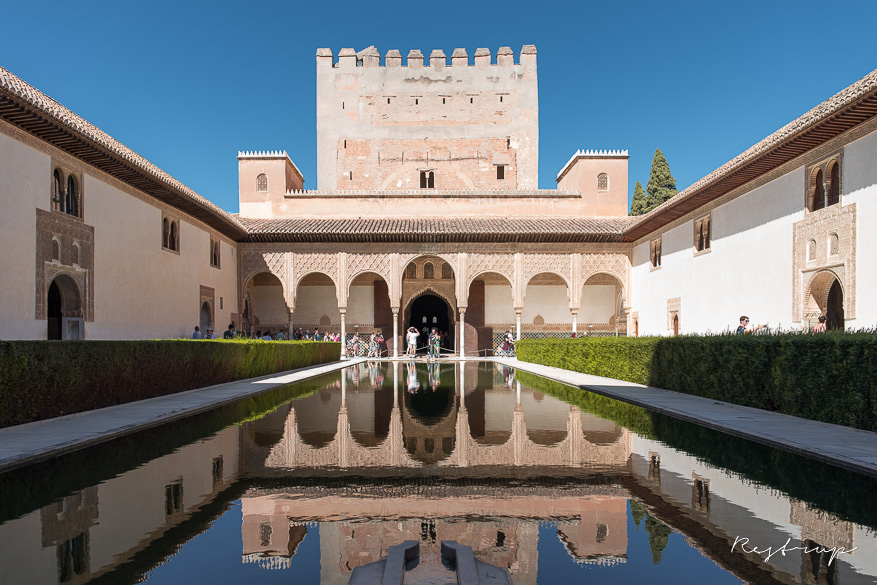
Alhambra Palace
POST-PROCESSING
Almost all pictures are captured as raw images and post-processed in Adobe Lightroom classic. I often use a Fuji Velvia 50 preset to get the vivid colours I like. Cropping and sharpening is the most basic step in my processing but not the total process. I often crop the image in a repetitive process eventually finding a “new picture” in the image.
SUMMARY
My personal style in brief is an exploring approach creating realistic and authentic pictures. I do always seek to communicate a feeling with a great emphasis on composition, visually coherent images & balance in the picture. I like structural compositions with guiding lines creating a strong sense of perspective and images that expresses the feeling of a time and place.
What´s next for me?
Right now, I have started up a documentary photo project. I am going to visit the Musicon city district in Roskilde frequently in 2023 and with my camera in hand shoot narrative photography in order to document the planned user-driven city development and progress of the site so far.
Pictures and texts will soon be available for your viewing on my webpage Projects & Events.
What is your personal style as photographer?
17.10.2022
In the tracks of Ansel Adams
In 2016 I had the pleasure to travel across the Western part of America and visit some of the most world reputed national parks including the Yosemite National Park. I did capture a whole lot of pictures and back home in Denmark I was thrilled to start editing the images in my Lightroom program. In pre-managing the pictures, I did instantly see that I had taken some very interesting pictures of the Yosemite mountains with my 24 mm f/1.8 Nikkor lens. I realized that I unconsciously had travelled in the tracks of Ansel Adams and in a certain extent had captured the same motifs in Yosemite. It was obvious to change my images into Black and White. Have a look at the pictures under GALLERY under “Black and White” and have your own opinion.
Ansel Adams was an American photographer and environmentalist. He was the most important landscape photographer of the 20th century known for his black-and-white images of the American West.
Ansel Adams is an author of numerous photography books. If you like to explore Ansel Adams merits and his pictures, I strongly recommend his books ”Ansel Adams’ Yosemite” or ”Ansel Adams: Classic Images”.
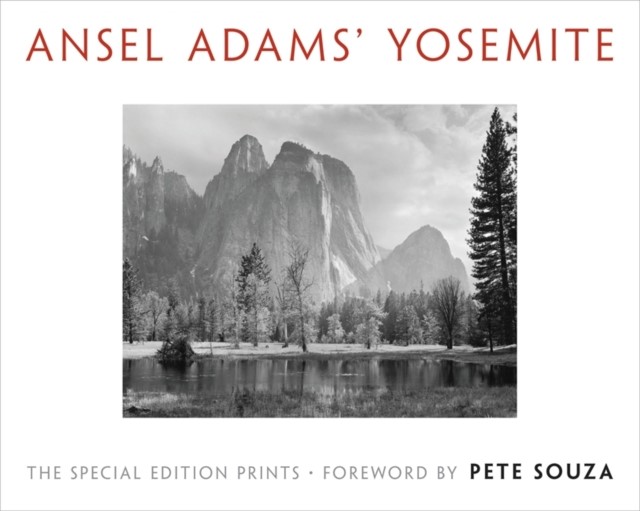
The book Ansel Adams’ Yosemite
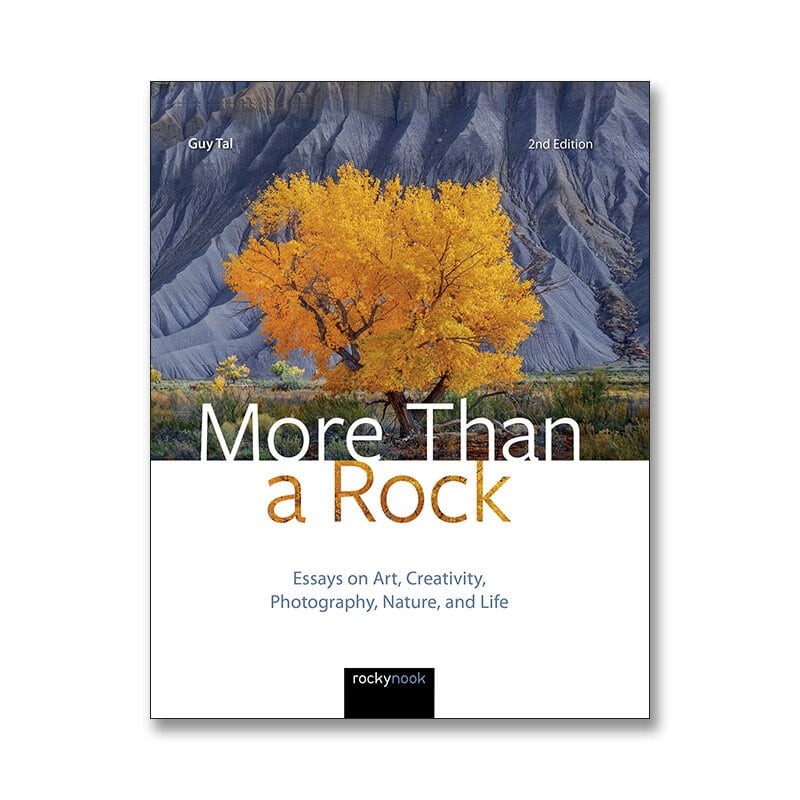
14.10.2022 updated 17.01.2024
Inspiring Photography Books:
Michael Freemans Photo School STREET
Black & White Photography FIELD GUIDE by Michael Freeman
The Essence of Photography by Bruce Barnbaum
The Art of Digital Photography by John Hedgecoe
The Art of Landscape Photography by Mark Bauer & Ross Hoddinott
More Than a Rock by Guy Tal
08.10.2022
Photographers I admire
Guy Tal https://guytal.com/
Joe McNally https://joemcnally.com/
Mads Peter Iversen https://www.mpiphoto.dk
Tine Harden https://imagebyheart.com/fotograf/tine-harden/
Søren Solkær https://sorensolkaer.com/
Helga Theilgaard https://www.helgatheilgaard.com/
